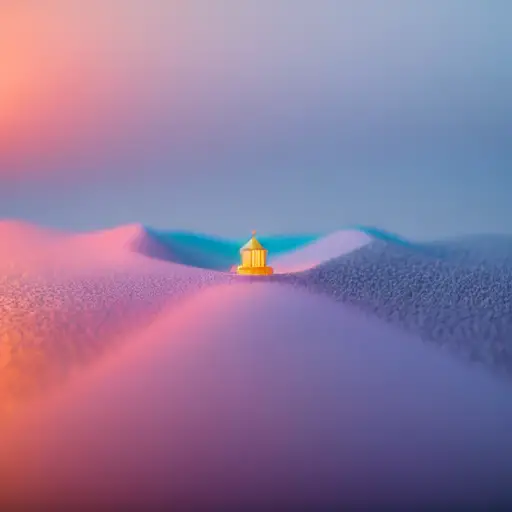Picture this: a world frozen in time, captured in a single click. Still photography, my friends, is the art of preserving moments that would otherwise slip through our fingers like sand. It's like bottling up a memory, sealing it tight, and opening it years later to unleash a flood of emotions. With each photograph, we unveil the essence of a moment, freezing it in a visual time capsule for eternity. It's a magical dance between light and shadow, where a single frame can tell a thousand stories. So, let's dive into this captivating world, where even the most ordinary scenes become extraordinary, and where a simple click can transport us to a different time and place.
Still photography, also known as static photography, captures a single moment in time and preserves it as a permanent image. Unlike other forms of visual media, such as film or video, still photography allows viewers to carefully examine and appreciate the intricate details of a frozen moment, revealing hidden beauty or emotions that might otherwise go unnoticed. It is a powerful art form that has the ability to evoke strong emotions, tell stories, and document history, all through a single frame.
Imagine being able to stop time, if only for a moment. That's the power of still photography, my friends. It's the art of capturing fleeting moments and transforming them into everlasting memories. With a keen eye and a steady hand, photographers have the ability to freeze a single moment in time, preserving it for generations to come. It's a delicate dance between composition, lighting, and timing, where every click of the shutter holds the potential to create a masterpiece. Still photography is more than just a hobby or a profession; it's a way of seeing the world through a lens, and immortalizing the beauty that surrounds us in the blink of an eye.

Beyond the lens lies a world of technical wizardry, where still photography becomes a symphony of settings and controls. It's a realm where exposure, aperture, and shutter speed dance together to create the perfect harmony of light and shadow. Understanding the technical aspects of still photography is like unlocking a secret language, allowing photographers to communicate their vision through the click of a button.
Exposure, the holy grail of still photography, is the delicate balance between light and darkness. It's the art of controlling the amount of light that enters the camera, determining whether an image is bright and vibrant or moody and mysterious. Aperture, on the other hand, is the gateway to depth of field. It's the magical mechanism that determines how much of the image is in sharp focus and how much is beautifully blurred, adding a touch of artistry to every frame.
And then there's shutter speed, the master of motion. It's the tool that freezes a bird mid-flight or captures the graceful flow of a waterfall. With the right shutter speed, photographers can create stunning effects, from silky smooth water to dramatic light trails. It's the key to capturing the essence of movement, transforming a split second into a timeless visual masterpiece.
But let's not forget about ISO, the unsung hero of still photography. It's the sensitivity of the camera's sensor to light, allowing photographers to adapt to different lighting conditions. From low ISO for crisp, noise-free images in bright daylight to high ISO for capturing the magic of a dimly lit scene, ISO is the secret ingredient that adds versatility to every photographer's toolkit.
So, my friends, beyond the lens lies a world of technical intricacies, where still photography becomes a dance of settings and controls. It's a realm where exposure, aperture, shutter speed, and ISO come together to transform a mere click into a work of art. Understanding these technical aspects is the key to unlocking the full potential of still photography, allowing us to capture moments that will be cherished for a lifetime.
Fun fact: Did you know that the world's oldest surviving photograph was taken in 1826 or 1827 by Joseph Nicéphore Niépce? The image, titled 'View from the Window at Le Gras,' was captured using a process called heliography and took around eight hours of exposure time to create!
In the blink of an eye, still photography has undergone a remarkable transformation, transitioning from the realm of analog to the digital age. Gone are the days of film rolls and darkrooms; now, we live in a world where pixels and sensors reign supreme. The evolution of still photography in the modern era has brought with it a newfound freedom and convenience. With digital cameras, we can instantly preview our shots, adjust settings on the fly, and capture countless images without the fear of running out of film. It's a revolution that has democratized the art form, allowing anyone with a camera to explore their creative vision and share their unique perspective with the world. Yet, amidst all the advancements, one thing remains constant: the power of still photography to freeze moments in time, to tell stories, and to evoke emotions that transcend the boundaries of technology.